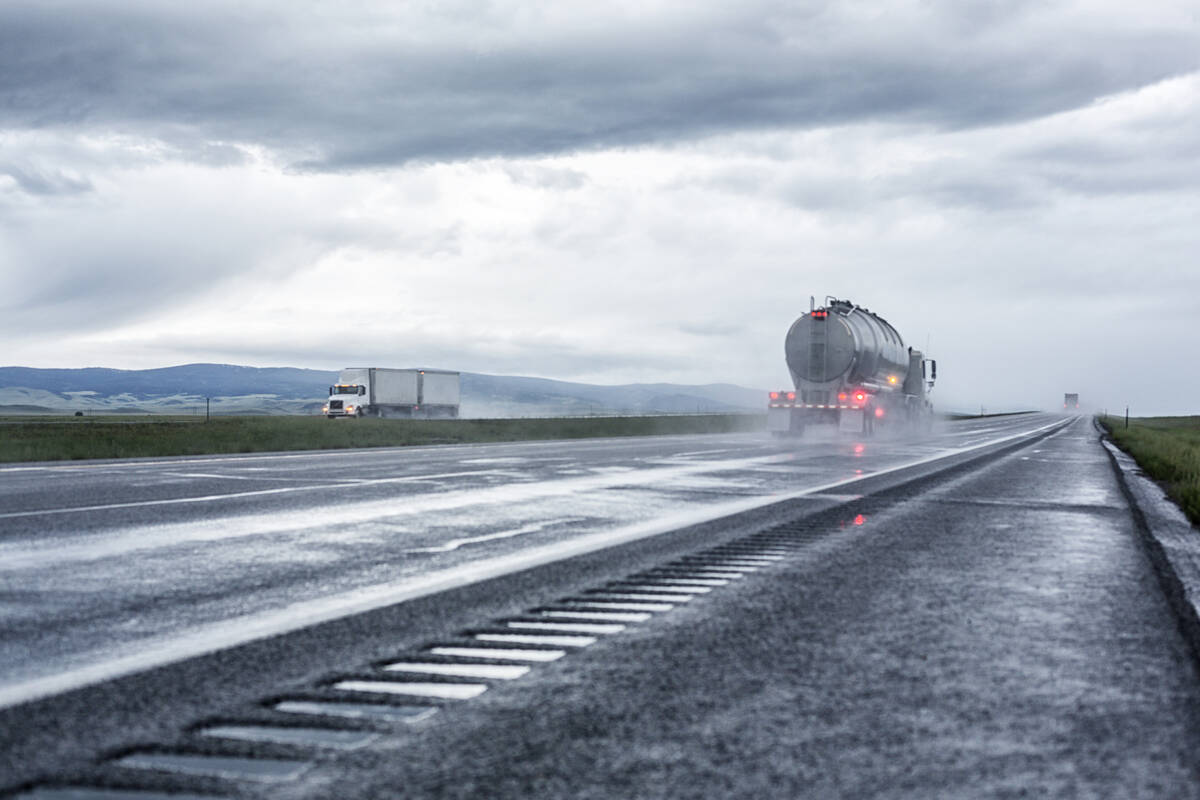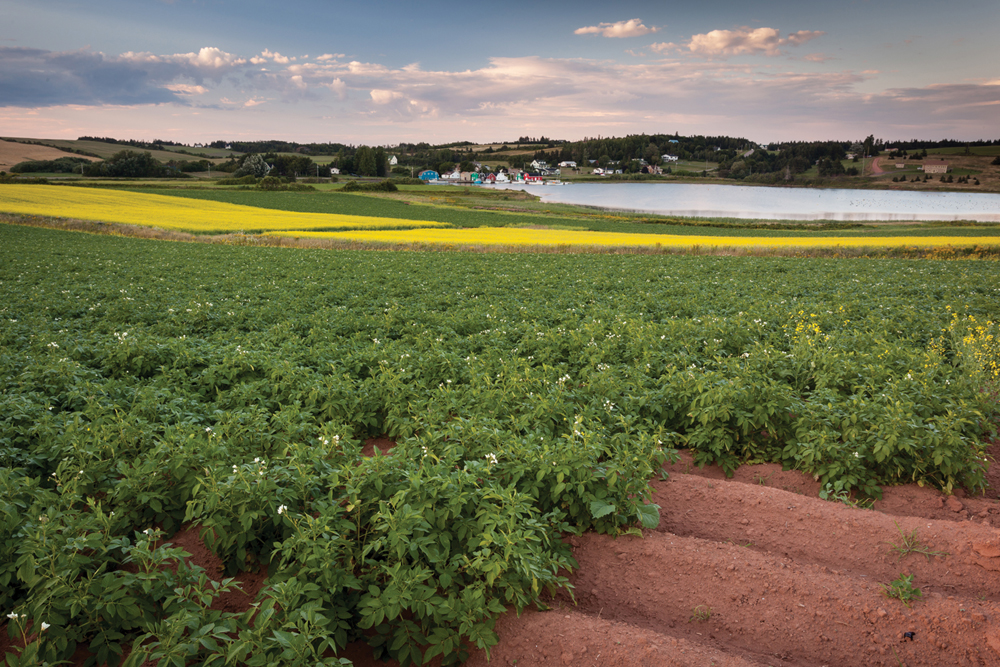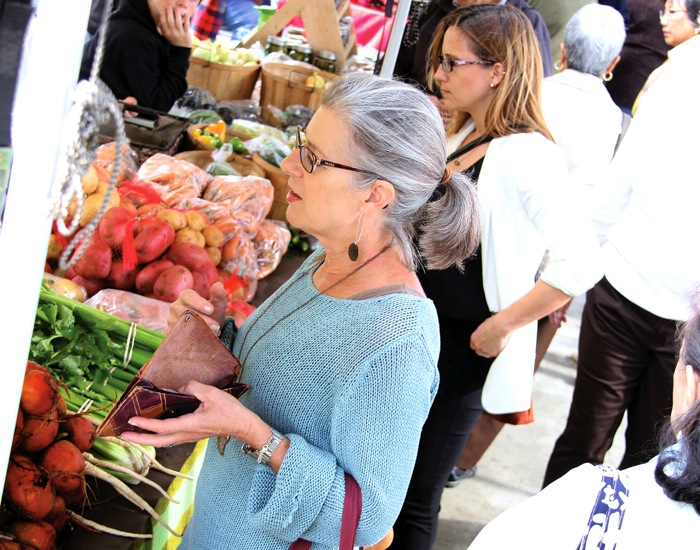Provincial farmland values, on average, were all up in 2016, except for Newfoundland-Labrador, where there was insufficient data.
Prince Edward Island (P.E.I.) saw the largest jump at 13.4 per cent.
“The main reason for the increases was farming enterprises wanting to gain additional acres to supplement crop rotation cycles and for additional feed production,” Farm Credit Canada says in its 2016 Farmland Values Report.
“The large amount of land sold, as well as the prices these sales generated, placed continued pressure on farmland values. Increases were even seen in marginal or outlying areas, as well as parcels that were difficult to work or had an inferior soil type.”
Read Also

Province pledges funds to CentrePort Canada
The Manitoba government has pledged $450,000 towards projects at inland port CentrePort Canada.
FCC says some farmers from other provinces sold their operations to buy entire farm operations in P.E.I., to take advantage of less expensive land prices.
“This may be an indication that P.E.I. land prices were still relatively low compared to other Atlantic provinces, prior to the sharp 2016 increase.”
Although P.E.I. saw the biggest jump in land values provincially, the biggest regional jump was 17.7 per cent in B.C.’s South Coast region, which includes the Fraser Valley.
The region saw an above-average number of farmland sales in the first half of the year, the FCC report says.
“The 17.7 per cent increase was due to continued expansion by local producers, as well as some demand driven by increased interest in rural property. Moderate commodity yields and prices later in the season tempered the farmland market.”
Alberta saw the second-highest increase in farmland values in 2016, driven mainly by sales in the northern region, which saw values increase by 11.8 per cent, the report says.
“Land sales took place mostly through auction sales or sealed bids, as grain producers continued to compete for less productive land,” the report says.
Land values in Alberta’s south region jumped nine per cent.
“Larger farms continued to expand, creating strong demand for all types of land in all areas of the southern region,” the report says. “Irrigation in the southern region also provided contract opportunities for specialty crops and investment by non-typical buyers, who commonly lease back to area growers.”
The Peace region saw the province’s smallest average increase at 7.7 per cent.
“Some adverse weather, as well as depressed oil and gas prices, placed downward pressure on farmland values, while large farm expansion and competition between beef and grains sectors in some areas helped boost the value of marginal cultivated forage or pasture acres,” the report says.
While on average Saskatchewan farmland values rose 7.5 per cent, the southwest region saw land appreciate by 16.6 per cent, in the wake of steady demand.
“Although there were challenges with the lentil harvest, the resulting yields and quality ended up being better than expected,” the report says.
The northwest region continued to see strong demand and increased prices throughout the year, resulting in a 10.3 per cent increase in farmland values, the report says. “Areas with larger farm operations continued to compete for land that came up for sale, causing land values to increase.”
Land prices in the east-central and southeast region didn’t change in 2016, the report says.
















